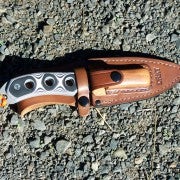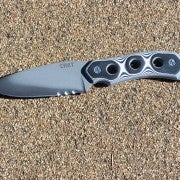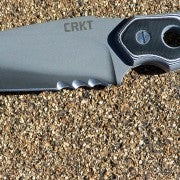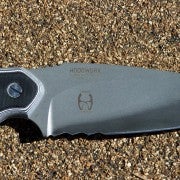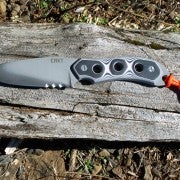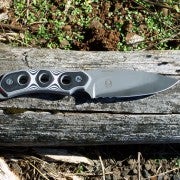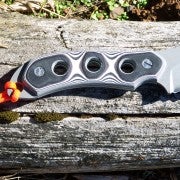Review: CRKT Hoodwork Survival Knife
Pat Cascio 03.28.16
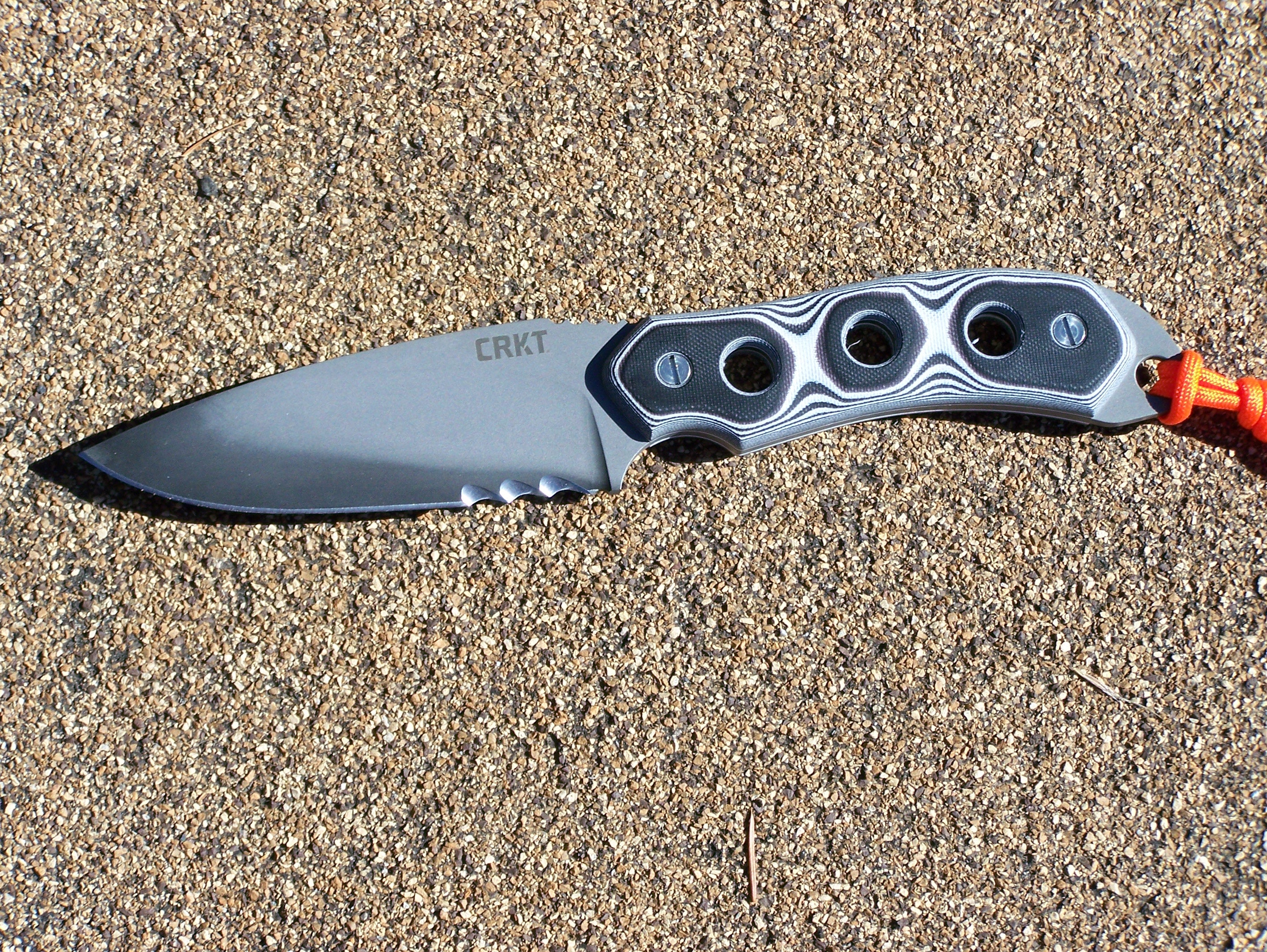
I’d like to think that I know a little something about knives. For about 20 years I wrote for Knives Illustrated magazine, and for many of those years I was their West Coast Field Editor. I’m also a knife designer, with a couple of my designs being produced by Mil-Tac Knives & Tools, and CRKT is in the process of producing my version of a double-edge fighting knife. I’ve also designed a good number of custom knives that I had made by various custom knife makers. Add in my 35-yrs in the martial arts, teaching knife defensive tactics as well as knife offensive tactics, I’d like to believe I have a good grasp on what makes a good knife for various needs. To be sure, there is no one knife for all jobs.
Enter the new Columbia River Knife & Tool Hoodwork survival knife, designed by Karen Hood. If her name sounds familiar it should. She is the wife of the late Ron Hood, who was one of the most knowledgeable survival instructors in the world. Ron left us all too soon, but Karen is carrying on in his tradition and has designed several knives herself.
Materials and Specs
The Hoodwork (Wilderness Outdoor Recreation Knife) is what the “work” stands for, is Karen’s second design with CRKT. The knife is made out of high-carbon 1095 steel and is sandblasted, then sealed with clear Cerakote for protection against the elements. The handle is black/gray G10–some of the toughest stuff around for knife handles as well as handgun grips, too. Veff Serrations were added on the bottom rear of the blade, and you have to experience how well these serrations rip to appreciate ’em.
You will note from the pictures with this article that the gray blade coating appears to be uneven, but this is not actually the case. Some areas of the blade are darker than others due to the process involved in the bead blasting and the clear Cerakote on the blade.
I don’t know if Karen Hood got her knife designing savvy from Ron, or perhaps she has just put in all that she has learned over the years about survival, but she definitely knows what makes a great survival/camp knife. This knife would also make for a dandy hunting blade, perfect for dressing out big and small game.
Many folks believe from watching the Rambo movies that you have to have a huge blade if you are to survive in the wilderness. While I personally like big blades, you can get a blade that is too big, making it difficult to work with. You’ll find that the Hoodwork will handle most of your survival/hunting needs if you know what you are doing. You don’t need a huge knife with a long blade for most survival chores.
The Hoodwork is made right here in the USA, as is the sheath. And the sheath, to be sure, is a real work of art–flawlessly produced and almost too pretty to wear and get all scratched-up if you ask me. Even though the knife is Cerakoted I still prefer to add some oil to the blade. I live in Western Oregon where we get a lot of rain, so a little added protection sure doesn’t hurt a high-carbon steel blade.
There are holes drilled in the handle/handle scales, and it just gives the Hoodwork a perfect balance in my hand, not to mention the aesthetics of the overall look. The flat grind gives a lot of strength to the wide blade, too. A lot of thought went into the design of this knife. Job well done, Karen!
Real-world Use
I used the Hookwork around my small homestead for more than a month for all kinds of chores, including chopping down some super-tough blackberry vines and trimming rose bushes in front of my picture window. I also used the blade to clean out dried grass under my riding lawn mower, not a job this knife was designed for, but it did the job without complaining. The knife was used in the kitchen, and I thought I was going to lose the knife to my wife. She loved the way it easily sliced through all kinds of veggies and meat.
You can shop around and spend a lot of money for a lot less knife than the Hoodwork. But you’d be hard pressed to find a more thoughtfully designed survival-type knife. And, as I’ve said many times, you only buy quality once, but you buy junk over and over again. The full-retail on the Hoodwork is $299.00 however, you can usually find CRKT products deeply discounted if you shop around. The one thing you will find about the Hoodwork is that it is usually out-of-stock all over the place. The knife is popular, to be sure. Yeah, close to three hundred bucks is a lot of money, but the knife is worth it in my humble opinion.
So, before you place your money on the counter at your local sporting goods or knife shop for a huge “Rambo” type survival knife, take a close look at what the Hoodwork has to offer. I think you’ll really like it.
